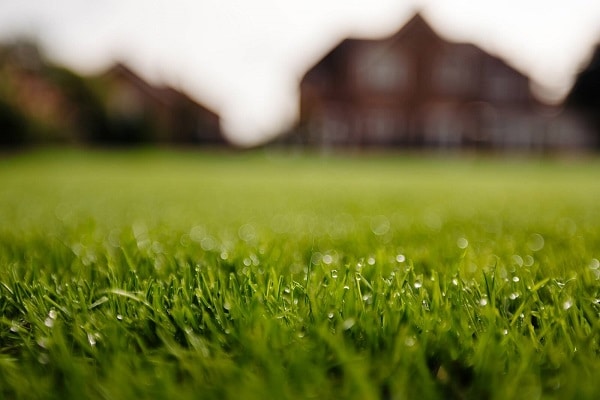Home / Information & advice / Turf & Lawns / Lawn aftercare / Colours in your turf
If you answered yes to these questions or want to know what the various colours in turf indicate, study the details below.
In general, turf should be green, but the shade of green will vary among the species of grass, the time of year, the amount of fertilisation, the climate, the amount of moisture and even the direction of the sun. It is important to understand that your lawn is dynamic and is changing constantly. To the experienced turf scientist, each change in the colour of turf indicates a change in the turf’s environment. Whilst most changes in colour are harmless, some are signs of danger. With a little effort, you too can identify the colour changes in turf and understand what they mean.

We go to great lengths to ensure that the quality of each roll of turf is exceptional and uniform. Rolls of turf do not always co-operate, but the minor differences in appearance between one roll and the next are generally harmless, and only very rarely are indicative of a problem. One roll of turf can occasionally look and grow slightly differently from another. Differences like these are harmless, and are caused by the position in the field they were taken from, slight differences in the amount of fertilisation they received, or sometimes the amount of time they sat on the pallet before you laid them. Both differences in growth rate and colour will disappear without special treatment.
Your turf communicates by using colour changes; if you understand them, you can ensure a long lasting and beautiful turf.